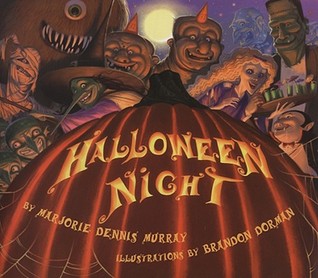Imagine a Christmas without a tree, colored lights, Santa Claus, presents, or Rudolph the red-nosed reindeer. Even without these joys, the Elizabethan Christmas revels were the highpoint of the year. After the sad, solemn, sometimes violent reign of Mary Tudor, Englishmen were ready for gaiety. And Elizabeth, relieved to find herself queen and not martyr, marked her reign with joy, luxury, and extravagance. Her people, starting on Christmas Eve and culminating twelve days later on Twelfth Night, celebrated Christmas with gusto.
Villagers and nobles alike decorated their homes with holly, ivy, yew, bay, laurel--in fact, anything still green. A large log, the Yule log, was brought in and kept burning in the hearth throughout the twelve days of the holiday.
Someone would be chosen as “The Lord of Misrule” and would be in charge of organizing the entertainment and revelry for the Twelve Days of Christmas. There would be dancing and play-acting and the singing of carols. Groups of girls and boys would go round their village or neighborhood with an empty drinking cup, begging for each house to fill it with spiced ale or cakes or a silver penny. It was bad luck to refuse.
Food was the highlight of the celebration. Turkey had only been introduced into England from the Americas during the reign of Henry VIII and was relatively uncommon. Goose was more traditional. It is said that in 1588 Elizabeth I ordered the entire country to serve goose at their Christmas feast, since it was the first meal she had eaten following England's victory over the Spanish. The very rich might serve peacock—skinned, cooked, and put back into its skin and feathers. The poor, of course, ate whatever they could.
Other goodies included wild boar, minced meat pies, plum porridge, and a Christmas pie of birds' tongues, eggs, sugar, lemon and orange peel, accompanied by a beer brewed especially for the occasion. During the Elizabethan age water was not considered fit to drink. Instead, beer was the staple drink for the majority of people, and it was common for country homes to house their own brewery. Mulled wine might also be served as well as syllabub (spiced milk with rum or wine) and lambswool, made by heating cider, sherry or ale, spices, and apples until the apples exploded into a foamy, white head.
The last night of the Christmas celebrations was January 6, the Feast of the Epiphany, which commemorated the coming of the Three Kings. Twelfth Night festivities were often the grandest of the year, filled with balls and parties. A special cake would be baked and given out to members of the family and household. This cake would contain a bean and whoever found it would be pronounced King of the Bean.
Whether or however you celebrate Christmas, I wish you great joy of the season and a splendid new year.
-- Karen Cushman











